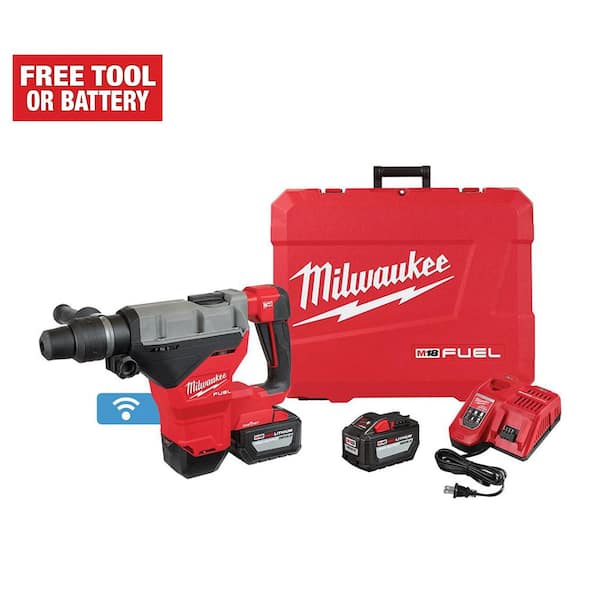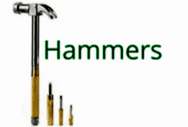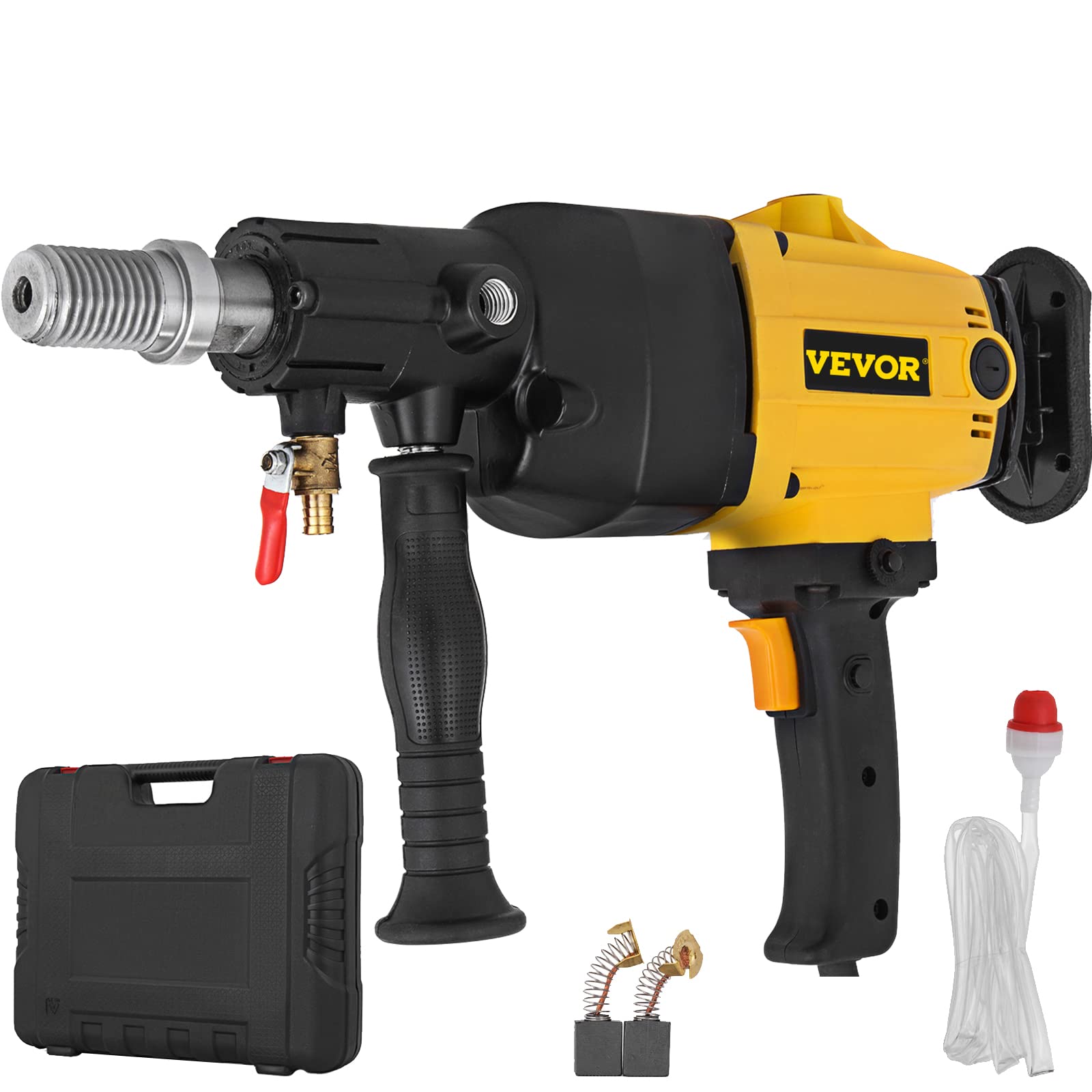After each blow of the hammer, you should rotate the star drill. This is because the drill will start to form a cone shape and will eventually get stuck if you don’t rotate it. Also, rotating the drill will ensure that the holes are evenly spaced out.
If you’re using a star drill, it’s important to rotate it after each blow of the hammer. This helps to keep the drill bit from getting lodged in the wood and makes it easier to get a clean, accurate hole.
Why Should You Rotate the Star Drill After Each Blow?
There are a few reasons why you might want to rotate the star drill after each blow. First, if you’re drilling into rock, rotating the drill will help to keep the hole from getting too big. Second, rotating the drill will help to clear out any debris that might be blocking the hole.
Finally, if you’re using a water-cooled drill, rotating the drill will help to evenly distribute the water and prevent the drill bit from overheating.
Does a Hammer Drill Rotate?
A hammer drill is a type of power drill that generates a pounding force as well as the usual rotational force. The pounding action helps to break up concrete and other hard materials, making it easier to drill through them. Most hammer drills have a switch that allows you to choose between the two modes of operation.
How Do You Use a Star Drill?
Assuming you would like a blog post on how to use a star drill:
A star drill, also called a center punch, is used to make a small dent in metal so that it can be drilled. It is made of tempered steel and has a sharp point at one end.
To use it, hold the drill perpendicular to the surface of the metal and strike the end with a hammer. This will create a small divot in the metal. Place the tip of your drill bit into the divot and start drilling.
How Do You Use the Hammer Function on a Drill?
If you’re using a hammer drill for the first time, it’s important to familiarize yourself with the tool and learn how to use it properly. Here are some tips on how to use the hammer function on your drill:
1. The most important thing to remember when using a hammer drill is to keep the drill bit perpendicular to the surface you’re drilling into.
If the bit isn’t perfectly perpendicular, it can slip and damage both the material you’re drilling and the drill itself.
2. Another key point is to start slowly when you first begin drilling. Once you’ve established a good grip on the handle and have confirmed that the bit is positioned correctly, gradually increase speed until you reach an appropriate level for the material you’re working with.
3. Be aware of how much pressure you’re putting on the trigger – too much pressure can cause premature wear on both your drill and your drill bits.
4. When you’re finished drilling, release pressure on the trigger slowly so that the spinning bit comes to a stop gradually rather than abruptly. This will help prolong the life of your tools.

Credit: www.homedepot.com
What Might Result from the Use of an Open-End Wrench With Too Large an Opening for a Particular Job?
If you use an open-end wrench that is too large for the job, a few things could happen. First, you may not be able to get a tight grip on the nut or bolt. This could cause it to slip and possibly break off.
Second, using a wrench that is too big can damage the surface of the nut or bolt, making it more difficult to remove in the future. Finally, if you are working in a confined space, a larger wrench may not fit and could cause injury.
When Should You Use a Piece of Pipe As a Leverage Extension on the Handle on a Wrench?
If you’re working on a particularly stubborn bolt, you may find that using a piece of pipe as a leverage extension can give you the extra strength you need to loosen it. You’ll want to be careful, though, as over-tightening could damage the wrench or the pipe.
Electricity Has Long Been Recognized As a Serious Workplace Hazard
For many years, electricity has been recognized as a serious workplace hazard. Electricians, linemen, and other workers who are exposed to electrical hazards on a daily basis are at risk for serious injuries or even death if they are not properly trained and safety equipment is not used.
In recent years, there have been several high-profile accidents involving workers who were electrocuted while on the job.
In 2010, four workers were killed while working on an electrical line in New York City. And in 2012, two electricians died while working on separate projects in Maryland and Virginia.
These accidents underscore the need for all workers who are exposed to electrical hazards to be properly trained in safety procedures and to use the proper safety gear.
OSHA has developed extensive regulations governing electrical safety in the workplace, and these should be followed diligently to avoid tragic accidents.
The Three Basic Parts of the Standard Screwdriver are
The three basic parts of the standard screwdriver are the handle, blade, and tip. The handle is usually made of wood, plastic, or metal, and it provides a comfortable grip for the user. The blade is the part of the screwdriver that actually engages with the screw head, and it can be made from a variety of materials including steel, brass, or bronze.
The tip is the end of the screwdriver that contacts the surface being screwed, and it can be either flat or Phillips-head depending on the type of screws being used.
Who is Responsible for Work Performed on a Project?
There’s no easy answer to the question of who is responsible for work performed on a project. It depends on the specific project, the team involved, and the company culture. In some cases, it may be the project manager who is responsible for all aspects of the project.
In others, responsibility may be more diffuse, with different team members taking on different tasks. And in still others, responsibility may shift over time as different team members take on different roles.
Ultimately, though, it is important to remember that everyone on a project team is responsible for ensuring that the work gets done and meets the required standards.
That means that even if there isn’t a clear-cut answer to who is specifically responsible for what, everyone needs to be aware of their own role in making sure that the project is successful.
Cuts Using Pliers Should Always Be Made at Right Angles With the Wire.
If you’re working with wire and need to make a cut, always use pliers to do so. And be sure to angle the pliers so that the cut is made at a right angle to the wire. This will give you a clean, precise cut that won’t damage the wire or leave any sharp edges.
An Offset Screwdriver is Available With Standard Or Phillips Blades.
If you’re looking for a versatile screwdriver that can handle both standard and Phillips screws, an offset screwdriver is a great option. These screwdrivers have a blade that is offset from the handle, which provides more leverage and makes it easier to apply torque to the screw. Offset screwdrivers are available with either standard or Phillips blades, so you can choose the one that best suits your needs.
Wrenches are Designed to Provide a Wide Range of Applications in a Single Tool
Wrenches are one of the most versatile and commonly used tools in both home and industrial settings. Though their basic function is to turn nuts and bolts, they come in a wide variety of sizes and styles that allow them to be used for a wide range of applications. There are three main types of wrenches: socket wrenches, pipe wrenches, and adjustable wrenches.
Socket wrenches are the most common type and have a detachable head that can be swapped out to fit different size nuts and bolts. Pipe wrenches are designed for gripping and turning pipes, while adjustable wrenches can be adjusted to fit a variety of nut and bolt sizes. In addition to the different types of wrenches, there are also a variety of specialized wrench designs that serve specific purposes.
For example, torque wrenches are used to apply a specific amount of force when tightening or loosening nuts and bolts; impact wrenches are used for loosening stubborn nuts and bolts; breaker bars are used for extra leverage; ratchet handles can be attached to socket heads for easy use; and Allen keys or hex keys are often used on smaller screws or fasteners.
No matter what the job, there’s likely a wrench that’s specifically designed for it. And with so many different types and designs available, there’s sure to be a wrench that’s perfect for your needs.
Conclusion
If you’re using a star drill to make holes in concrete, it’s important to rotate the drill after each blow of the hammer. This will help extend the life of the drill and prevent damage to the concrete.

